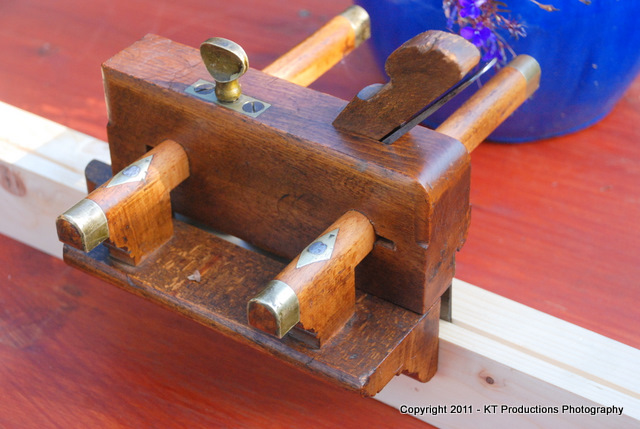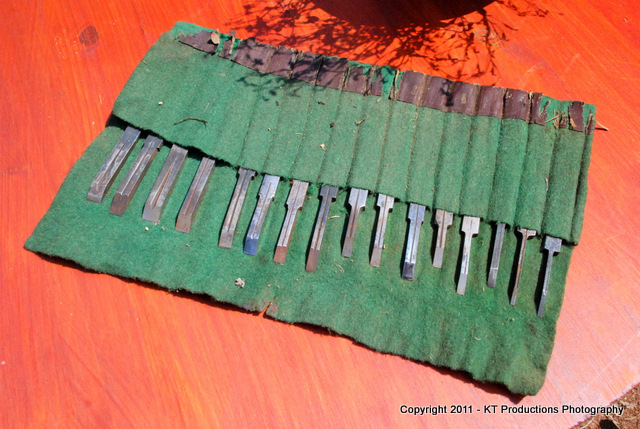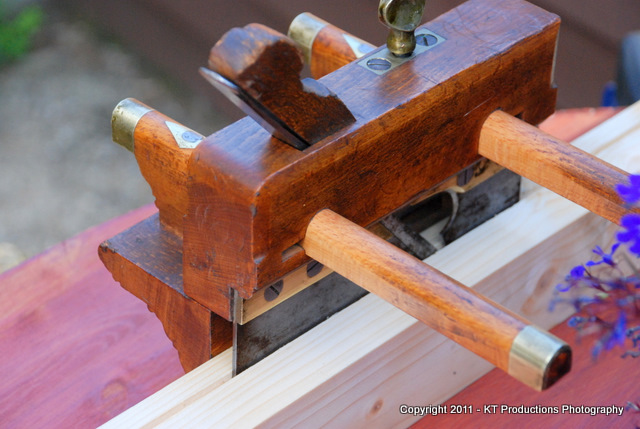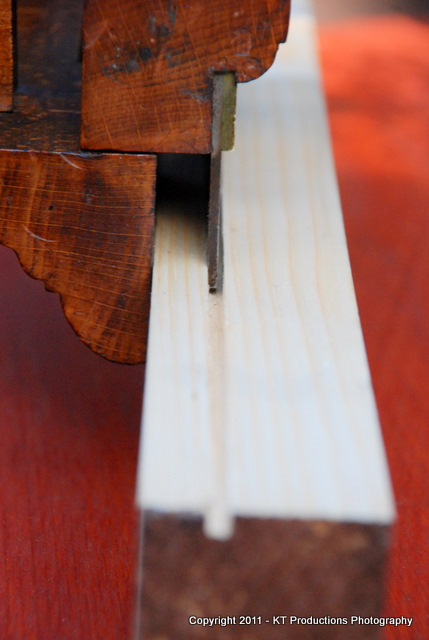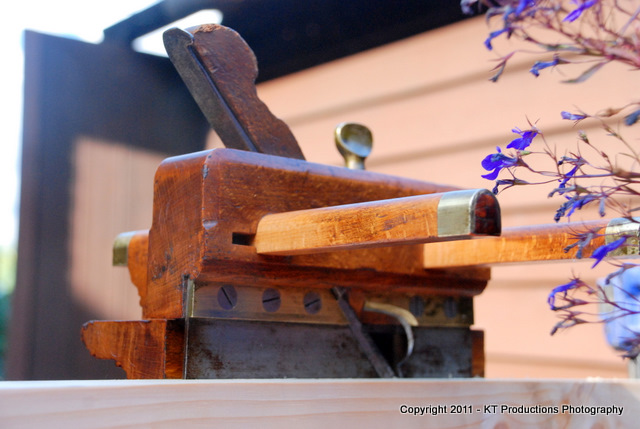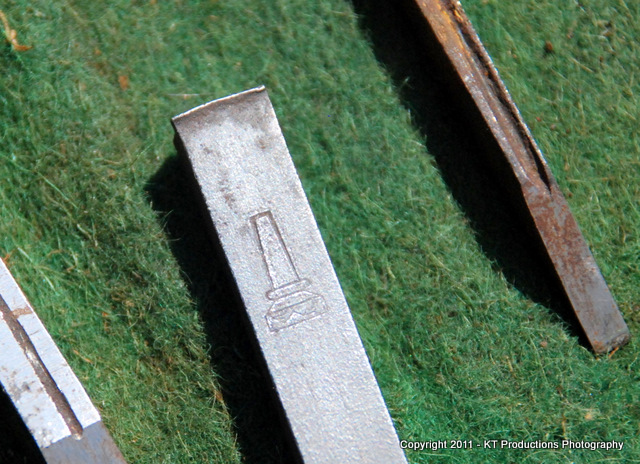quixoticgeek
Established Member
I would like to get a rebate plane that is capable of making a 3-6mm groove in a piece of wood, a few mm from the edge. When I learned carpentry at school we had some rebate planes that were perfect for this job, but I can't find anything similar in my searches. All the affordable rebate planes I can find only seem to be able to make a groove on the very edge of the work piece.
Can someone recommend an affordable rebate plane that can do what I am after?
Julia
Can someone recommend an affordable rebate plane that can do what I am after?
Julia





